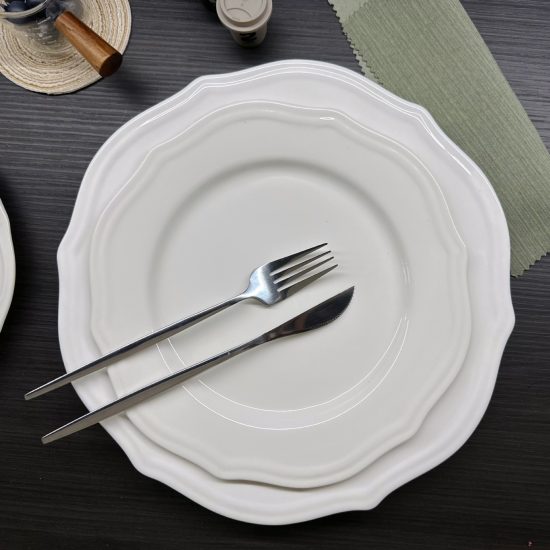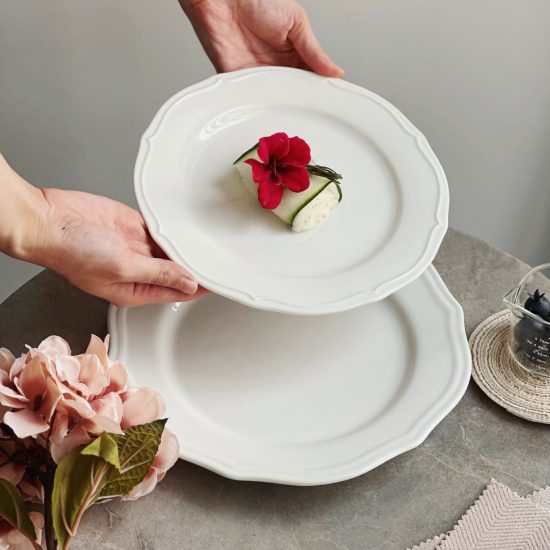Teapot shapes vary greatly, reflecting different cultural influences, historical periods, and aesthetic preferences. Each teapot shape has its unique characteristics and benefits in terms of functionality, pouring ease, heat retention, and visual appeal. Here are some common teapot shapes you may encounter:
- Traditional Round Shape: This classic teapot shape features a rounded body with a curved spout and a handle perpendicular to the spout. It provides a balanced and comfortable grip and allows for easy pouring without spilling. Round teapots are versatile and suitable for a wide range of tea types.
- Globe or Ball Shape: Teapots with a spherical or ball-shaped body have gained popularity, especially for brewing blooming teas. The shape allows the tea leaves to unfurl and expand freely, enhancing the visual experience. Globe-shaped teapots often come with a glass construction to showcase the blooming process.
- Wide-Bottomed or Low Profile Shape: Teapots with a wide and low profile offer a larger surface area for the tea leaves to interact with the water, facilitating better infusion and extraction. This shape is particularly suitable for teas that require more space to expand, such as certain oolongs or herbal blends.
- Cylindrical or Straight-Sided Shape: Teapots with a straight-sided or cylindrical shape have a modern and minimalist aesthetic. They often feature a long, straight spout and a handle that aligns with the teapot’s body. This design facilitates controlled pouring and offers a sleek and contemporary look.
- Pumpkin or Pear Shape: Teapots with a pumpkin or pear shape have a rounded body with a narrower top and a wider base. This shape allows for good heat retention and even distribution. Pumpkin-shaped teapots are commonly associated with Yixing clay teapots and are favored by tea connoisseurs for their brewing properties.
- Square or Rectangular Shape: Square or rectangular teapots offer a unique and distinctive look. They often feature sharp lines and defined angles, adding a touch of modernity to tea brewing. These teapots can be particularly suitable for serving tea in contemporary or minimalist settings.
- Animal or Novelty Shape: Some teapots are designed in the shape of animals, objects, or whimsical figures, adding a playful and creative element to tea rituals. These teapots can serve as conversation starters or decorative pieces while still fulfilling their brewing functionality.
- Gourd or Calabash Shape: Gourd-shaped teapots draw inspiration from the natural shape of gourds or calabashes. They feature a rounded body with a curved or elongated spout. This shape has historical significance in certain tea cultures and is associated with elegance and gracefulness.
When exploring teapot shapes, consider factors such as your personal preference, the tea type you most frequently brew, and the overall aesthetic you desire. Each shape offers its own charm and functionality, allowing you to find a teapot that suits your brewing style and enhances your tea-drinking experience.


